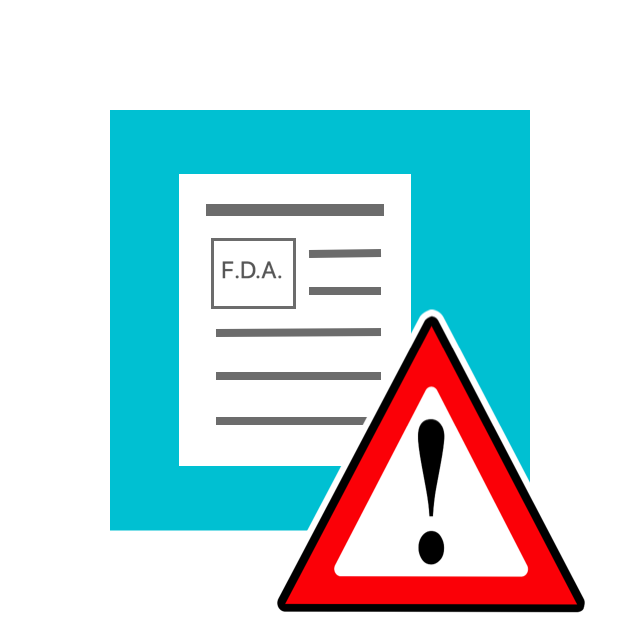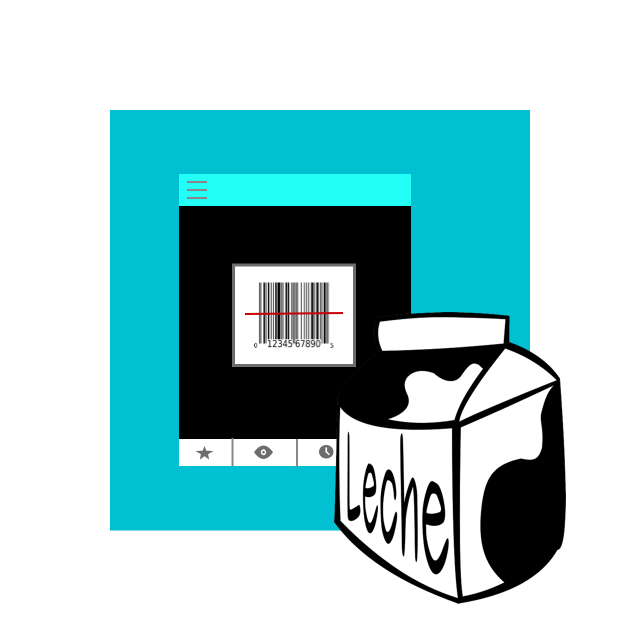
Chemical agents found in common consumer products damage our skin, respiratory tract, and gut. It’s time to redefine what we mean by “clean.”
READ ARTICLE HIDE ARTICLE
The years following World War II and the second Industrial Revolution brought with them the unprecedented proliferation of processed foods, cigarette smoke, and diesel exhaust. This era also marked the beginning of our obsession with being âclean,â with the introduction of chemical-powered laundry and dishwasher detergents, household cleaning agents, and even cosmetics. More than 350,000 new chemicals purporting to make our clothing, dishes, and skin cleaner have been introduced since 1960.
As an immunologist with four decades of experience in researching allergy, asthma, autoimmune disease, and other chronic conditions, I know that the introduction of these chemicals has not been without consequence. These substances have played a pivotal role in the global, epidemic-level rise in chronic health conditions over the past 75 years.
The surfaces of our skin, respiratory tract, and gut are lined with protective cellular layers known as epithelial barriers. Epithelial barriers protect against infections, toxins, pollutants, and allergens.
But many of the chemical agents, such as sodium lauryl sulphate, alcohol ethoxylates, and several food emulsifiers that are found in common consumer products from toothpaste to shampoo, detergents, and processed foods, are known to damage these critical barriers, increasing permeability. When your barriers are disrupted â or âleakyâ â substances and microbes can pass into tissues where they donât belong. Once in your bloodstream, they can trigger an inflammatory immune response that can initiate or aggravate many chronic inflammatory diseases like asthma, irritable bowel syndrome, rheumatoid arthritis, and chronic depression. Through research spanning 20 years and over 60 scientific papers, my team and I developed the Epithelial Barrier Theory, positing that the increase in barrier-damaging agents in consumer goods underlies the global rise of many of these conditions.
The conversation around societyâs toxic burden isnât a new one. âClean,â ânatural,â and ânontoxicâ are buzzwords. But, until recently, we lacked the technology to establish the toxicity threshold of everyday products by testing them through the lens of the microbiome and epithelial immunology. Without such testing, we have been unaware of our overexposure to toxic chemicals â to the detriment of our collective health.
Take, for example, the dishwashing rinse aid used in nearly every restaurant, coffee shop, and bar around the world. (Research is ongoing for rinse aids used in home dishwashers. Apparently, the ones that contain alcohol ethoxylates show the same toxic effects.)
I recently conducted research with a team of scientific leaders, including Raja Dhir of microbiome science company Seed Health, investigating the role of dishwashing detergents and rinse aids on health and, specifically, gut barrier toxicity. Our findings, published in the Journal of Allergy and Clinical Immunology, reveal an urgent message: Commercial rinse aid destroys the protective layer in the gut.
Specifically, we found that a chemical compound used in commercial rinse aids remains as residue on washed and ready-to-use dishware, even after a full standard rinse cycle. Even the smallest amount of this compound kills cells and damages an unsuspecting dinerâs epithelial barrier. Another study from my team demonstrated that laundry detergents and rinse residue cause similar damage in the respiratory tract.
So what can we realistically do? While itâs unlikely weâll stop washing our clothes or dining out, public awareness can help lay the foundation for change.
Through public education and continued research, we can empower consumers to avoid specific products and minimize the epithelial barrier and microbiome damage thatâs compounding due to continuous exposure.
As a first step, we must admit that our current parameters for toxicity are outdated. It is imperative that we evolve our definition of âtoxicâ and identify safer alternatives for the barrier-damaging agents currently in use.
My team at the Swiss Institute of Allergy and Asthma Research, in collaboration with Seed Health, recently launched a immunology platform to evaluate the toxicity and inflammatory impact of more than 200 commonly used chemicals and to identify compounds that may protect or restore these critical barriers and the microbiome. This research has the potential to power the next generation of home and personal care products, and to reimagine these products as measures to preserve â or even enhance â immunological health.
Just as green technology is critical for solving the greatest environmental challenges of climate change, new technologies may advance the âdeindustrializationâ of our bodies. Iâm calling into action a greater movement toward research, public education, regulation, and innovation.
The future of our health depends on it.
Dr. Cezmi A. Akdis is the director of the Swiss Institute of Allergy and Asthma Research in Davos.
Learn More from The Boston Globe





